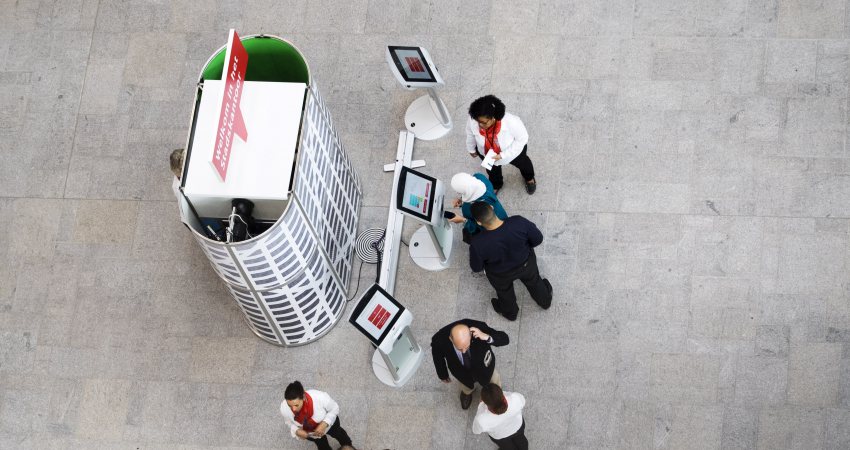Frequently asked questions

The European Parliament commissioned the Rathenau Instituut and three of our European counterpart research organisations to explore this topic thoroughly. In the past, participants’ experiences regarding digital democracy have been disappointing; hardly any significant impact has been noticed on the final deliberations and decisions. This is why the European Parliament specified interest in better alternatives: How can we organise digital participation in a different fashion in order to create more political impact?
The research department of the European Parliament STOA (Science and Technology Options Assessment) was involved in the research.
Our researchers investigated and analysed over 400 publications and 22 initiatives in the area of public participation.
The research design consists of the following three elements:
- A systematic literature review of around 400 seminal publications about: 1) e-participation in the context of decision making, 2) democratic impacts and effects, 3) lessons regarding success and failure, 4) application at EU level, and 5) the European public sphere.
- A qualitative comparative analysis (csQCA) of 22 case studies. The case studies are based on desk research and 45 interviews with organisers and researchers. The data collection was completed in February 2017.
- Assessment of EU suitability, via desk research and a workshop with experts at EU level, about 1) improving existing digital tools, and 2) new possibilities for e-participation at EU level.
Citizens would like to be more digitally involved in making decisions regarding important political issues. How can we use online options to fully capture the potential scope of participants’ contributions? These questions are currently debated on European, national as well as local levels.
Our analysis concludes that digital participation can have a positive impact on democracy, as long as attention is paid to certain specific conditions.
- a close and clear link of e-participation processes to a concrete formal decision-making process;
- the participatory process and the contribution of its outputs to the overall decision-making process have to be clarified to participants from the start;
- feedback to the participants about what has been done with their contributions is an indispensable feature of the process;
- a participative process should not be limited to one event but should be imbedded in an institutional 'culture of participation';
- and e-participation must be accompanied by an effective mobilisation and engagement strategy, involving communication instruments tailored for different target groups.
